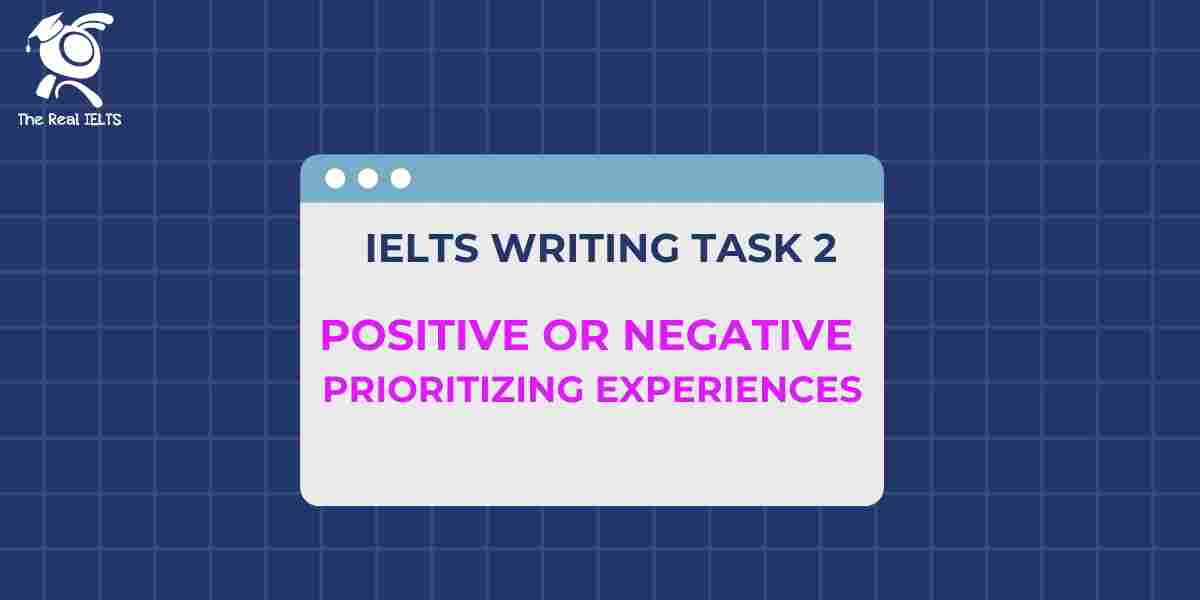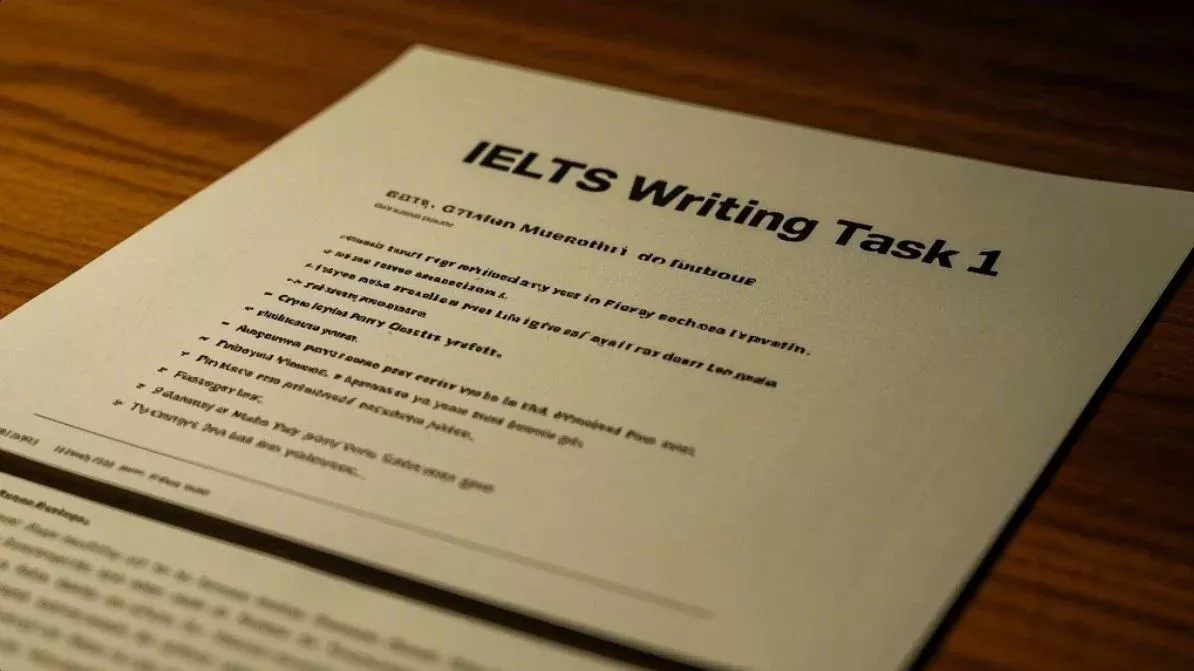Đề thi IELTS Reading có tiêu đề “The History and Impact of the Industrial Revolution”
Nhớ đọc thêm các bài luyện thi IELTS nhé.
IELTS Reading: “The History and Impact of the Industrial Revolution”
The History and Impact of the Industrial Revolution
The Industrial Revolution, which began in the late 18th century and extended well into the 19th century, marks one of the most transformative periods in human history. Originating in Britain, this period saw profound changes in agriculture, manufacturing, mining, transportation, and technology. The Industrial Revolution not only reshaped economic structures but also had a lasting impact on society, culture, and the environment.
Before the Industrial Revolution, most economies were predominantly agrarian. The production of goods was primarily carried out in small-scale, local workshops or by individual artisans. The agricultural sector, which employed the majority of the population, was based on traditional techniques that had changed little over centuries. The shift towards industrialization, therefore, signaled a dramatic change in the organization of production and labor.
One of the defining features of the Industrial Revolution was the introduction of mechanized systems powered by steam. The steam engine, perfected by James Watt in the late 18th century, became the backbone of industrial manufacturing and transportation. Factories, equipped with spinning jennies, power looms, and other machinery, began mass-producing textiles, iron, and other goods on an unprecedented scale. This shift to factory-based production marked the end of the domestic system, where goods were made by hand in small home-based workshops.
The rise of factories and mechanized production methods had a ripple effect on nearly every aspect of society. Cities grew rapidly as people migrated from rural areas in search of work, leading to urbanization. This rapid urban expansion, however, was often unplanned and led to crowded, unsanitary living conditions for the working class. The working environment in these factories was harsh, characterized by long hours, low wages, and unsafe conditions. Child labor was rampant, and the lack of labor rights made exploitation widespread. These conditions would eventually give rise to the labor movement, advocating for workers’ rights, better working conditions, and social reforms.
Economically, the Industrial Revolution ushered in the capitalist system. The mass production of goods led to significant economic growth and increased trade, both domestically and internationally. Britain’s wealth grew exponentially as it became the world’s leading industrial power, and this model of growth was soon emulated by other European countries and the United States. However, this economic expansion was not without its drawbacks. The unequal distribution of wealth became more pronounced, with a stark divide between the industrial capitalists and the working class. This disparity fueled social tensions and gave rise to new political ideologies such as socialism and communism, which called for a more equitable distribution of resources and power.
Technologically, the Industrial Revolution laid the foundation for the modern world. Innovations in transportation, such as the steam locomotive and steamships, revolutionized travel and trade. The construction of railways and canals enabled the faster and cheaper movement of goods and people. Communication also saw advances, with the invention of the telegraph enabling near-instantaneous communication across long distances. These technological developments connected markets and facilitated global trade, leading to the emergence of a more interconnected world economy.
While the Industrial Revolution brought about unprecedented economic growth, it also had significant environmental consequences. The large-scale use of coal and other fossil fuels to power factories and transportation systems led to severe air and water pollution. Deforestation and the expansion of industrial cities further contributed to environmental degradation. The ecological impact of industrialization, which was largely overlooked at the time, set the stage for the environmental challenges we face today, such as climate change and resource depletion.
Culturally, the Industrial Revolution transformed society’s values and norms. The rise of the middle class, with newfound wealth and social mobility, led to changes in consumption patterns, education, and leisure activities. The focus on scientific progress and technological innovation became central to societal advancement. However, the social fabric was also strained by the profound changes in the nature of work, family structures, and community life. The decline of rural communities and traditional ways of living was accompanied by the rise of urban centers, which brought together diverse groups of people but also created social alienation and inequality.
The global impact of the Industrial Revolution cannot be overstated. It played a crucial role in the expansion of European colonialism and imperialism, as industrialized nations sought to secure raw materials and new markets for their manufactured goods. The exploitation of resources and people in colonized regions fueled the economic growth of industrial powers while exacerbating global inequalities. The legacy of this period is still felt today in the geopolitical and economic disparities that exist between the developed and developing world.
In conclusion, the Industrial Revolution was a watershed moment in human history. It transformed economies, societies, and cultures, paving the way for the modern industrialized world. However, this period of rapid growth and innovation also brought with it significant challenges, including social inequality, environmental degradation, and global power imbalances. The Industrial Revolution’s legacy is complex, reflecting both the remarkable progress achieved through technological advancement and the enduring consequences of unchecked industrialization. As we navigate the challenges of the 21st century, understanding the history and impact of the Industrial Revolution offers valuable insights into the path forward.
Đề bài thi IELTS Reading
Multiple Choice Questions (Câu hỏi trắc nghiệm)
- Where did the Industrial Revolution originate?
- A. United States
- B. Germany
- C. Britain
- D. France
- Which of the following was NOT a significant change brought by the Industrial Revolution?
- A. Mechanization of agriculture
- B. Rise of urbanization
- C. Improved working conditions
- D. Mass production of goods
- What powered the machinery during the early Industrial Revolution?
- A. Solar power
- B. Wind energy
- C. Steam engines
- D. Electric motors
- Who perfected the steam engine in the late 18th century?
- A. Thomas Edison
- B. James Watt
- C. Isaac Newton
- D. Michael Faraday
- Which industry was most directly impacted by the early factories?
- A. Textile manufacturing
- B. Agriculture
- C. Steel production
- D. Automotive industry
- What was one of the major societal effects of urbanization during the Industrial Revolution?
- A. Decline in population
- B. Increased literacy rates
- C. Crowded and unsanitary living conditions
- D. Decrease in factory workers
- What was a key factor in the development of the labor movement?
- A. Technological innovations
- B. Harsh working conditions
- C. Abundance of jobs
- D. Improved wages
- Which political ideology emerged partly as a response to the inequality during the Industrial Revolution?
- A. Capitalism
- B. Democracy
- C. Socialism
- D. Fascism
- Which technological innovation revolutionized transportation during the Industrial Revolution?
- A. Horse-drawn carriages
- B. Airplanes
- C. Steam locomotives
- D. Electric cars
- Which form of communication was developed during the Industrial Revolution?
- A. Telephone
- B. Internet
- C. Telegraph
- D. Television
True/False/Not Given (Đúng/Sai/Không được đề cập)
- The agricultural sector was largely unaffected by the Industrial Revolution.
- True
- False
- Not Given
- Urbanization led to improved living conditions for the working class.
- True
- False
- Not Given
- The labor movement led directly to the abolition of child labor in all industries.
- True
- False
- Not Given
- The Industrial Revolution was the primary reason for Britain’s colonial expansion.
- True
- False
- Not Given
- The environmental impact of the Industrial Revolution was a primary concern at the time.
- True
- False
- Not Given
Yes/No/Not Given (Có/Không/Không được đề cập)
- The author believes that the Industrial Revolution was a positive development for society overall.
- Yes
- No
- Not Given
- The author suggests that the rise of the middle class brought more social stability during the Industrial Revolution.
- Yes
- No
- Not Given
- The text implies that technological advancements during the Industrial Revolution made global trade more efficient.
- Yes
- No
- Not Given
- The author argues that industrialization increased global inequalities.
- Yes
- No
- Not Given
- The text expresses concern that environmental damage from industrialization is irreversible.
- Yes
- No
- Not Given
Matching Headings (Nối tiêu đề với đoạn văn)
- Paragraph 1
- A. The Birth of Industrialization
- B. Technological Innovations and Social Changes
- C. The Rise of the Capitalist Economy
- D. The Environmental Legacy of Industrialization
- Paragraph 2
- A. Pre-Industrial Economies
- B. The Shift to Mechanized Production
- C. The Labor Movement and Social Reform
- D. The Growth of Urbanization
- Paragraph 3
- A. The Rise of Urban Centers
- B. Impacts of Factory Work
- C. Technological Advancements in Communication
- D. Unequal Wealth Distribution
- Paragraph 4
- A. The Role of Coal in Industrial Growth
- B. Economic Growth and Global Trade
- C. The Birth of the Middle Class
- D. Challenges in Factory Work
- Paragraph 5
- A. Environmental Consequences
- B. Technological Progress
- C. Political Ideologies and Social Change
- D. Cultural Shifts
Matching Features (Nối đặc điểm)
- Steam engine
- A. Key to mechanized production
- B. Innovation in transportation
- C. New communication method
- D. Source of environmental degradation
- Textile industry
- A. Center of early factory production
- B. Led the labor rights movement
- C. Main contributor to global trade
- D. Declined during industrialization
- Capitalist system
- A. Grew due to mass production
- B. Focused on rural economy
- C. Introduced new agricultural methods
- D. Unified factory workers
Sentence Completion (Hoàn thành câu)
- Before the Industrial Revolution, most economies were based on __________.
- A. Urban manufacturing
- B. Rural agriculture
- C. Mass production
- D. Global trade
- James Watt’s steam engine improved the efficiency of __________.
- A. Railways
- B. Agricultural tools
- C. Textile factories
- D. Household appliances
- Migration to urban centers was primarily driven by __________.
- A. Better education opportunities
- B. Job availability in factories
- C. Improved housing conditions
- D. Healthcare advancements
Summary Completion (Hoàn thành tóm tắt)
Complete the summary using the words in the box.
[Capitalism, Pollution, Urbanization, Communication, Economic Growth, Technology]
- The Industrial Revolution led to widespread __________ and the growth of cities as people moved for work. This period was marked by rapid __________, supported by innovations in __________ such as the telegraph. However, the environmental consequences, particularly in the form of __________, were significant and long-lasting.
Short Answer Questions (Câu hỏi trả lời ngắn)
- Which sector employed most people before the Industrial Revolution?
- Who was responsible for perfecting the steam engine during this period?
- Name one key industry that was central to the early factories.
- What negative social effect was caused by the rapid urbanization during the Industrial Revolution?
- Which political ideology emerged in response to economic inequalities?
- Which mode of transport was revolutionized by steam power?
- What environmental issue resulted from large-scale coal usage?
- Which class gained wealth and social mobility as a result of industrialization?
Đáp án bài thi IELTS Reading
Multiple Choice Questions (Câu hỏi trắc nghiệm)
- C. Britain
- C. Improved working conditions
- C. Steam engines
- B. James Watt
- A. Textile manufacturing
- C. Crowded and unsanitary living conditions
- B. Harsh working conditions
- C. Socialism
- C. Steam locomotives
- C. Telegraph
True/False/Not Given (Đúng/Sai/Không được đề cập)
- False
- False
- Not Given
- Not Given
- True
Yes/No/Not Given (Có/Không/Không được đề cập)
- Yes
- Not Given
- Yes
- Yes
- Not Given
Matching Headings (Nối tiêu đề với đoạn văn)
- A. The Birth of Industrialization
- B. The Shift to Mechanized Production
- A. The Rise of Urban Centers
- B. Economic Growth and Global Trade
- A. Environmental Consequences
Matching Features (Nối đặc điểm)
- A. Key to mechanized production
- A. Center of early factory production
- A. Grew due to mass production
Sentence Completion (Hoàn thành câu)
- B. Rural agriculture
- C. Textile factories
- B. Job availability in factories
Summary Completion (Hoàn thành tóm tắt)
- Urbanization, Economic Growth, Communication, Pollution
Short Answer Questions (Câu hỏi trả lời ngắn)
- Agriculture
- James Watt
- Textile industry
- Overcrowding and poor living conditions
- Socialism
- Railways
- Air pollution
- Middle class
Luyện tập bài khác ở bài viết:”100 bài luyện IELTS Reading 2024 – 2025“















